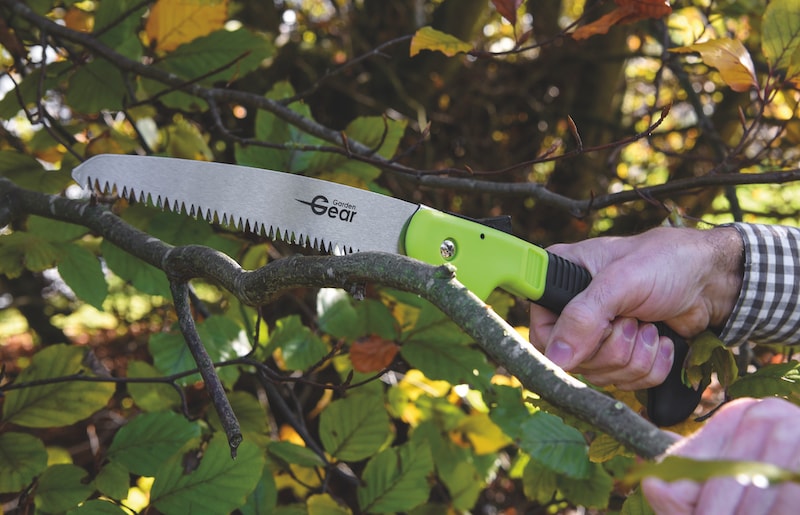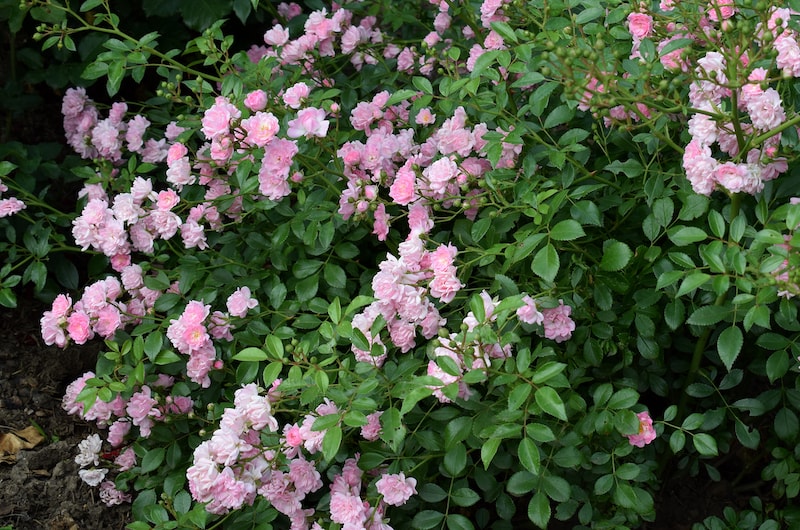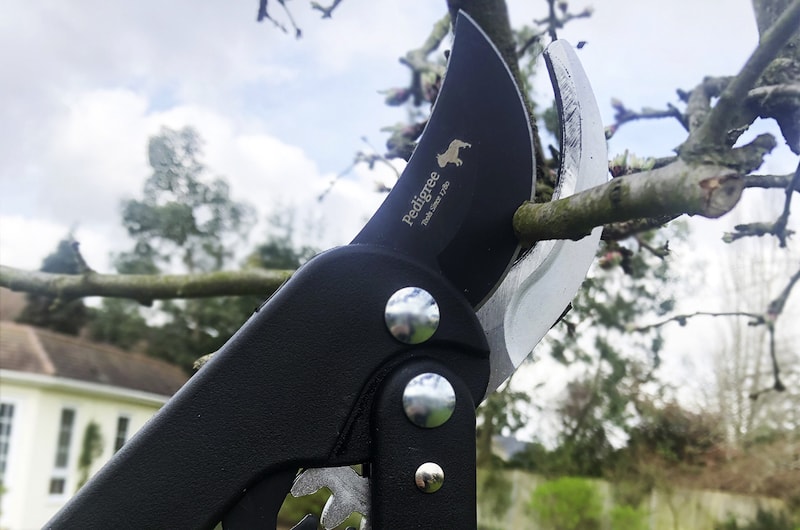If you’re not sure what to prune in autumn and how to go about it, here are some broad guidelines to get you started. Autumn is the time when deciduous trees and shrubs draw much of their energy down into their roots ready to weather the winter. This dormant phase is the perfect opportunity to give your pruning tools a bit of a burnish before use.
Looking to fill gaps in your garden? See our full range of shrubs here.
When should I prune?
When you should prune really depends on the type of plant you’re talking about. It always makes sense to do some individual research on your trees and shrubs to find out if they would benefit from an autumn prune, or are best left until the early spring or after they’ve finished flowering.
That said, October is the ideal time to prune many deciduous trees and hardy shrubs. Despite the foliage dying back, many of the leaves are still holding tight to the branches, helping you to identify which to remove and which should remain.
What pruning equipment do I need?

Larger branches should be removed with a pruning saw
Image: Suttons
The decision as to which tool you choose to use depends on the height and size of the plant you’re tackling. For small jobs, a pruning knife or a pair of secateurs is all you need. If you’re cutting back bigger branches, a pruning saw is probably a better tool for the job.
Most importantly, the blade needs to be sharp and clean. Leaving a ragged cut is an open invitation for disease to set in and that’s the last thing you want to happen. Make sure you keep your blades sharp and that you disinfect your tools before moving from one plant to the next.
What should I prune in autumn?

Rose ‘Queen Elizabeth’ produces a profusion of pink, long-stemmed flowers from June to September
Image: Rose ‘Queen Elizabeth’ from Suttons
Some of the main plants to prune in autumn include:
- Roses: Prune to about half their height. When spring arrives you can cut back harder if required.
- Flowering shrubs: Prune shrubs that bloom on wood formed the previous year.
- Deciduous trees and hardy shrubs: With the exception of plums and related species which are susceptible to silver-leaf disease. (Plum trees are best pruned in summer.)
- Perennial flowering plants: Unless they have ornamental seed heads which provide winter structure and interest, cut perennial flowers back to the ground.
Pruning helps to keep your trees and shrubs healthy by creating space for air to circulate and allowing light to penetrate right to the centre of the plant. Reducing the density of the canopy also helps to keep your plants safe from wind rock during winter storms and deters mould, fungal and bacterial infections.
How to prune

Prune rose bushes like ‘The Fairy’ from late autumn when it’s dormant
Image: Rosa ‘The Fairy’ from Suttons
Even if your trees and shrubs don’t need much attention, a light prune keeps them healthy and ensures they develop a nicely balanced shape. Begin by cutting back any dead, damaged or diseased wood. Now take a step back from your tree or bush and look for any crossing stems that rub, in-growing branches, whippy shoots and areas of congested growth.
If you’re pruning dead or diseased wood, cut it back to the point at which the branch swells as it joins the main stem, leaving only a short stub. This enables the cut to heal and reduces the chances of rot setting in. Cut at an angle away from the main stem so that water has no chance to pool. Make sure your cuts are clean – tidy any ragged edges with your pruning knife to minimise the opportunity for diseases to strike.
When cutting bigger branches with a saw, first make an undercut, then saw from the top to meet it. This avoids ripping the bark as the branch falls. When pruning to a bud, cut a few millimetres above it taking care not to damage the bud itself.
Dispose of prunings carefully – if there’s any evidence of disease, either burn the material or take it to your local recycling centre. Never put diseased prunings on the compost heap.
Pruning is one of those jobs which often concerns gardeners, especially those who’re new to it. But with the right tools and a little bit of research, it’s not as mysterious as it first appears. Looking for information on trimming and shaping your hedges? Make sure you check out our guide to the best expert advice on growing hedging plants.
Lead image: Geared Bypass Lopper from Suttons
Last Updated on September 15, 2025 by Suttons Horticultural Team





